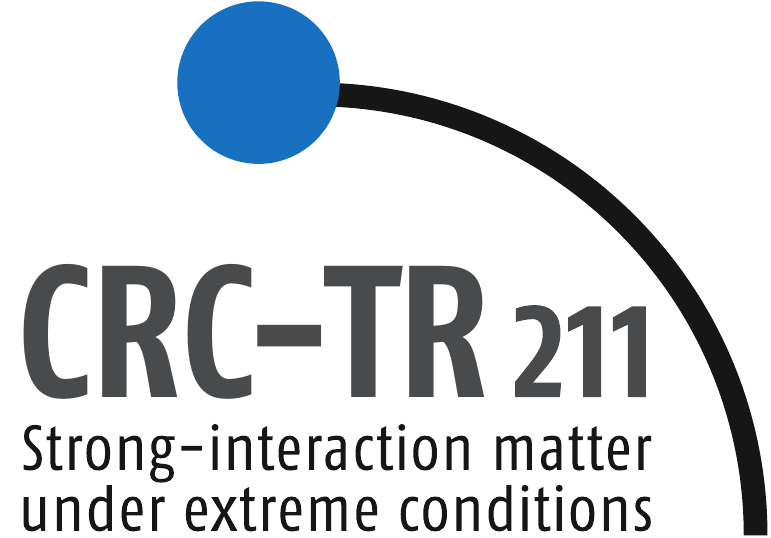

Venue: Physics Building, Max-von-Laue-Str. 1, Seminar Room PHYS 2.116
Time: Thursday, July 11, 4:30 pm (s.t.)
Contact: hees@th.physik.uni-frankfurt.de
Core-collapse supernovae (CCSN) are cosmic laboratories for physics at
the extremes and numerical simulations are essential to help us
understand the underlying mechanisms in these events. A key ingredient
in simulations is the equation of state (EOS), which determines the
contraction behavior of the proto-neutron star (PNS) and thus impacts
neutrino energies and explosion dynamics. However, the EOS for hot and
dense matter is still not fully understood and CCSN simulations rely on
EOS models that differ in their underlying theory and nuclear matter
properties.
We present the first systematic study on the impact of different nuclear
matter properties of the EOS in CCSN simulations. This allows us to
examine possible reasons for differences in commonly used EOS in
simulations. We find that the contraction behavior of the PNS is mainly
governed by the effective mass, which impacts the shock propagation.